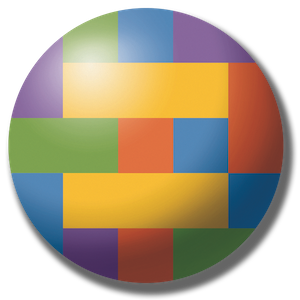The Power of Differences Blog
Quantum Identity: Consciousness, Bias, and the Power of Difference
We live in a world where we’re trained to look quickly, speak quickly, and move quickly past one another. In that world, we rarely see each other. We assess, we judge, we categorize—liberal or conservative, safe or unsafe, ally or threat. But we do not see. I don’t…more often than not.
To see another person is not the same as agreeing with them. It’s not condoning their views or defending their behavior. It’s not performance. To see is to stay present long enough to notice what’s actually there—not what we assume, not what we need them to be, not what we fear they are.
Seeing others is transformative (at least in part) not because it changes them, but because it changes us.
Pattern, Not Personality
At The Sum, we’re working with difference not by flattening it or pretending it doesn’t matter—but by noticing the patterns it reveals. Every human being is shaped by a constellation of forces: race, class, gender, worldview, ability, trauma, culture. When we learn to see people through the lens of pattern, we move beyond personal offense or admiration. We begin to observe how certain identities or beliefs can function in predictable ways. This is true for others but especially within ourselves!
The purpose here is not to dehumanize people—or put them in a box, quite the opposite. It’s to rehumanize them by seeing the whole shape of their being, according to THEM, not just their role in our story.
Presence Over Projection
Most of us live in a projected reality. We carry templates from past experiences, family systems, media, and cultural narratives. We meet someone new, and our nervous system says, I know what this is. We don’t hear what they’re saying—we hear what we fear they’ll say. We don’t see their face—we see our history.
But presence interrupts that cycle. Presence says: Wait. Breathe. What’s actually here right now? What happens when we stop scanning for agreement and start listening for what is?
Seeing as Disruption
Truly seeing another person—especially across a line of difference—can be deeply disruptive. It might dismantle the story you were telling about them. It might confront your own unconscious pattern. It might soften your edge, or sharpen your clarity.
To see someone does not mean we like them, fix them, or reconcile with them. But it does mean we become more honest. And with honesty comes choice: to set a boundary, to lean in, to change direction—not out of fear, but from a deeper seeing.
A Practice, Not a Performance
This work is not about being “better” people. It’s not about getting it right. It’s about choosing again and again to be present in the face of difference—especially when our ego wants to run or dominate.
To see others, we must first slow down enough to see ourselves: the parts of us that grasp for certainty, that perform safety, that cling to belonging. Only then can we meet difference not as a threat, but as a mirror.
Final Thought
The world doesn’t need more performances of unity. It needs more grounded people—people willing to see what is, even when it’s uncomfortable. People who can hold the tension between difference and dignity. People who are curious about pattern, not obsessed with personality.
To see another human being clearly—with all their similarities and their differences—even for a moment—is one of the most radical acts of our time.
Not because it changes the world in theory.
Because it changes me in practice.
